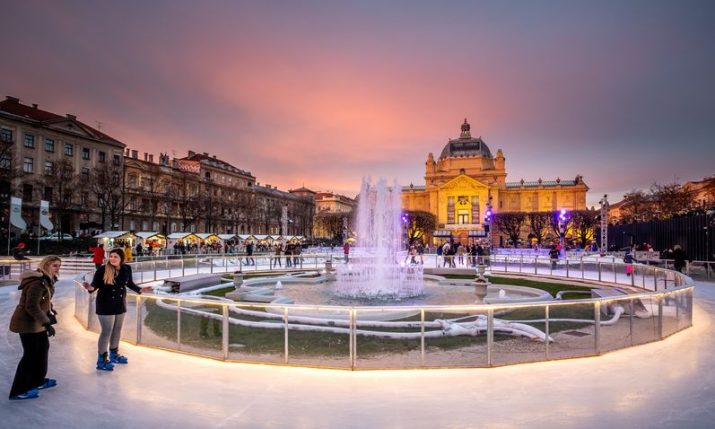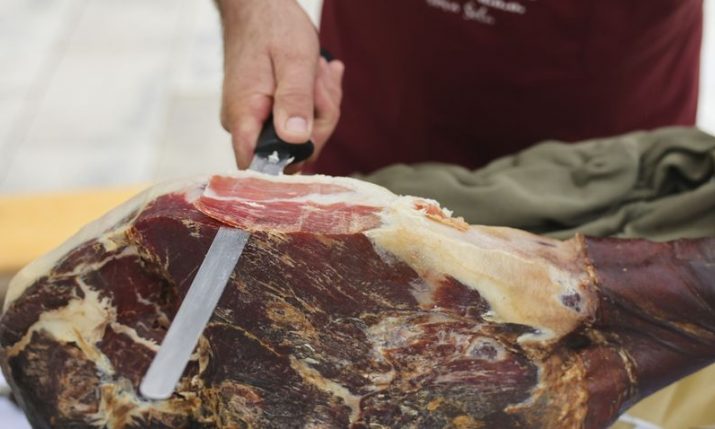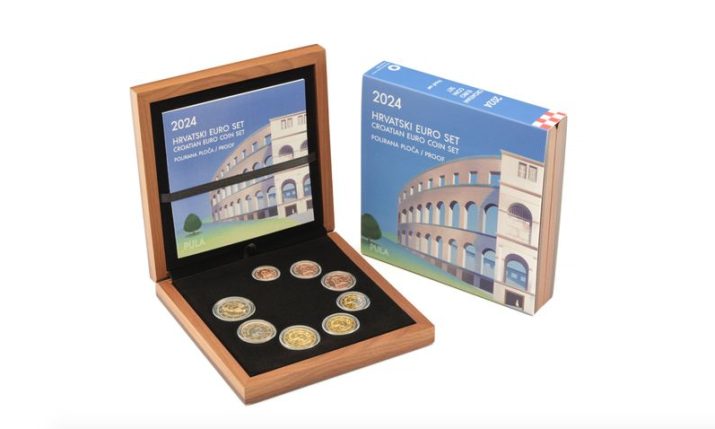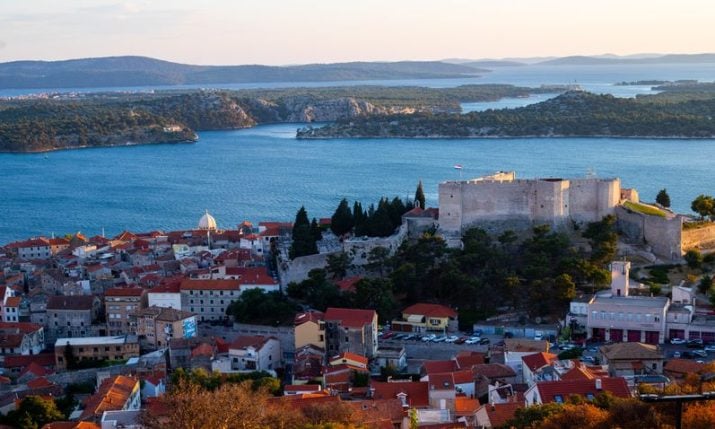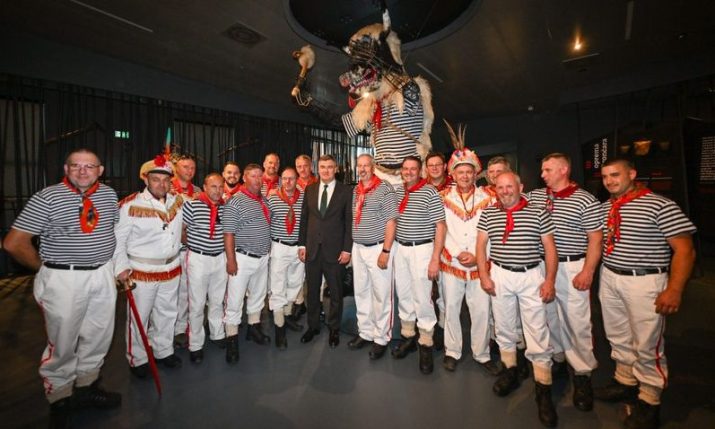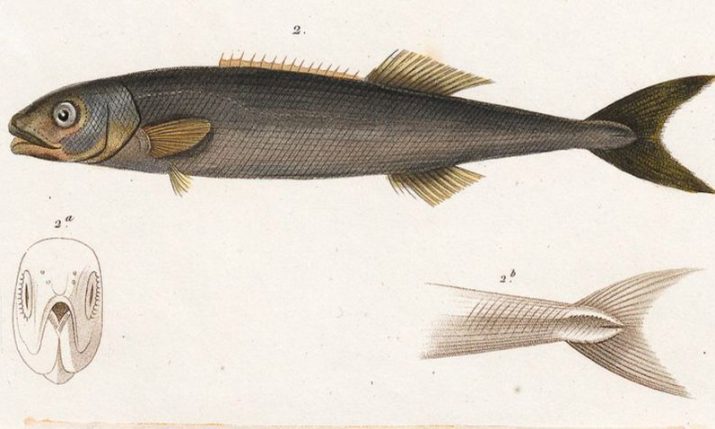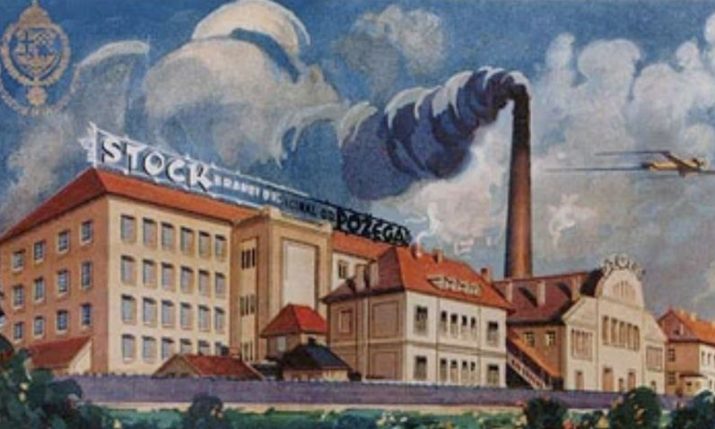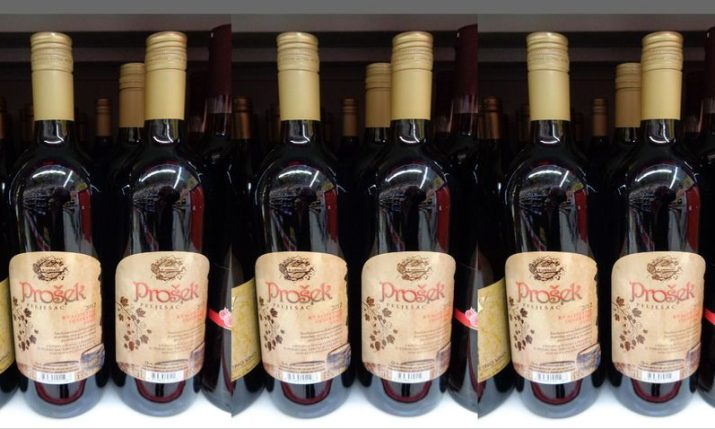Giant Croatian Decorated Eggs to be Gifted to European Cities for Easter
- by croatiaweek
- in News

Pisanica od srca (Photo: Koprivnica and Križevci Tourist Board)
For the 11th year in a row, the Tourist Board of Koprivnica and Križevci County in Croatia has opened its tradition outdoor exhibition of large decorated Easter eggs titled ‘Pisanica od srca’ (Easter egg from the heart).
The exhibition has been a tradition over the Easter period for more than a decade and this year 13 giant pisanica and 9 smaller ones grace the main square in Koprivnica. Eight artists have taken part this year to paint them.

(Photo: Koprivnica and Križevci Tourist Board)
The Koprivnica and Križevci Tourist Board started the ‘Easter egg from the heart’ project with the desire that large Easter eggs were sent all over Croatia and the rest of the world as not only a recognizable symbol of everyday life and tradition of the Podravina region, but also as a sign of friendship, love and joy of Easter.

(Photo: Koprivnica and Križevci Tourist Board)
The 11th exhibition will be held on Zrinski Square in Koprivnica until 27 March.
Since 2008 the ‘Pisanica od srca’ have held the status of a Croatian cultural intangible asset and the eggs have been gifted to be displayed over the years during Easter around cities in Europe.

(Photo: Koprivnica and Križevci Tourist Board)
Cities the Croatian pisanica have been sent to over the years include Munich, Rome, New York, Prague, Vienna, Milan and even the Vatican.
This year they will be sent to be displayed in Brno, Czech Republic, Bratislava in Slovakia and Csurgo in Hungary.
The tradition of decorating Easter eggs dates back a very long time in Croatia. During Easter, eggs would be painted with bright colours and would be given as gifts, especially to young children.

(Photo: Koprivnica and Križevci Tourist Board)
Before paint became common, villagers would have to use whatever resources they had available around them to make the dyes and paints themselves. The most common colour for eggs was red, due to the abundance of red beets and other vegetables.
On Easter day, a traditional game is played in which at least two people choose eggs and hold them vertically while one person lightly taps the end of the other egg with their end, to see whose will crack.

(Photo: Koprivnica and Križevci Tourist Board)
Anyone whose egg cracks must choose another and then tap the other person’s egg, and they continue until all the eggs have been used and cracked but the last one. Whoever holds the strongest egg at the end which has not been cracked, wins.

